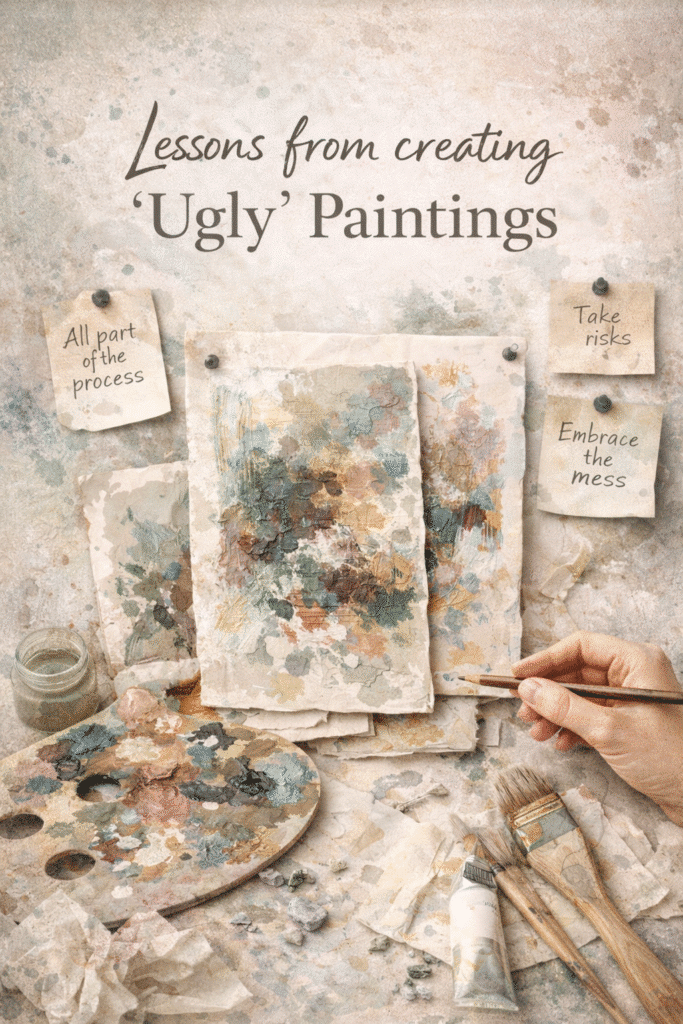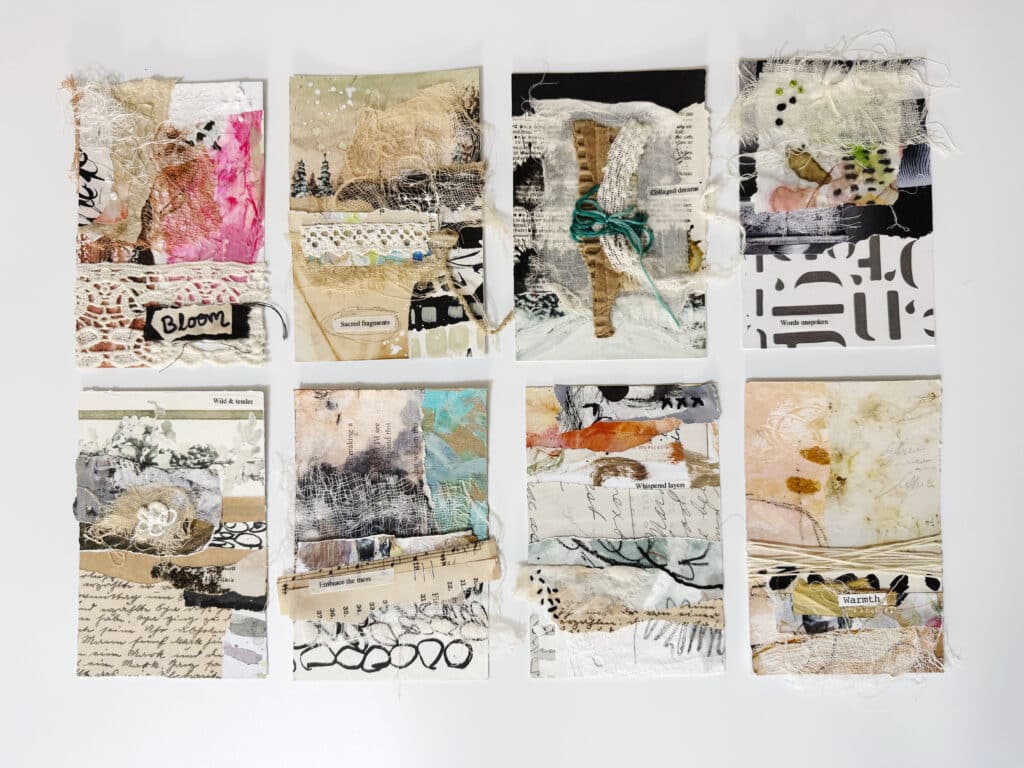Introduction to Stitching in Art Journals
Incorporating stitches into your art journal pages adds a whole new dimension of texture, depth, and personal expression. Whether you’re a seasoned stitcher or new to the world of needle and thread, there are various types of stitches you can explore to enhance your art. Each stitch brings its own unique character, allowing you to tell your story in a tactile and visually engaging way.
1. Running Stitch
The running stitch is one of the simplest and most versatile stitches. It involves making evenly spaced straight stitches, which can be done in a line, circle, or any other shape. This stitch is perfect for creating outlines, borders, or adding subtle texture to your pages. The repetitive motion of the running stitch can be calming, and it’s a great way to create a sense of continuity in your spread.
2. Backstitch
The backstitch is another basic yet powerful stitch. It creates a solid line by sewing backward along your line of stitching. This stitch is ideal for adding detailed outlines or writing words directly onto your journal pages. The strong, continuous line of the backstitch can convey a sense of determination or highlight important elements in your spread.
3. Cross Stitch
The cross stitch is a classic and decorative stitch that forms small “X” shapes. It’s often used to create patterns or fill in areas with color. Cross stitches can add a playful or traditional feel to your art journal pages. You can create intricate designs or simple borders with this stitch, making it a versatile option for adding visual interest.
4. French Knot
The French knot is a small, raised stitch that adds a beautiful touch of texture. By wrapping the thread around the needle before pulling it through the fabric, you create a tiny knot that stands out from the surface. This stitch is perfect for adding delicate details like flower centers, small accents, or even tiny stars. Each knot can represent a moment of focus, a single thought, or a point of interest in your spread.
5. Blanket Stitch
The blanket stitch is a decorative stitch often used to finish the edges of fabric or paper. It creates a looped border that’s both functional and visually appealing. This stitch can be used to frame specific sections of your art journal page, giving it a polished and cohesive look. The blanket stitch can symbolize protection or enclosure, providing a safe space for your thoughts and emotions.
6. Whip Stitch
The whip stitch is a simple yet effective stitch that creates a twisted, rope-like effect. It’s typically used to join two pieces of fabric or paper together. This stitch is ideal for attaching different elements to your page, such as fabric scraps, paper cutouts, or layers of collage. The whip stitch can represent the idea of connection or bringing disparate parts together into a unified whole.
7. Chain Stitch
The chain stitch forms a series of looped stitches that resemble a chain. This decorative stitch is great for adding flowing lines, curves, or creating a sense of movement on your page. The chain stitch can symbolize the idea of continuity or the unbroken thread of thoughts and ideas that run through your journal spread.
8. Satin Stitch
The satin stitch is a filling stitch that creates a smooth, satin-like surface. It’s perfect for filling in shapes or adding blocks of color to your page. This stitch can add a rich texture and a sense of luxury to your art journal. The satin stitch can be used to highlight important areas or to create a focal point that draws the eye.
9. Seed Stitch
The seed stitch is made up of tiny, random stitches scattered across the page, resembling seeds scattered on the ground. This stitch is perfect for adding texture or filling in background areas with a subtle, organic feel. The seed stitch can symbolize growth, potential, or the small moments that contribute to the bigger picture of your spread.
10. Abstract Stitching with Fabric Scraps
Abstract stitching involves using irregular, freeform stitches to create abstract designs, often incorporating fabric scraps. This technique allows for a lot of creative freedom, as you can experiment with different threads, fabrics, and stitch patterns. The fabric scraps add an extra layer of texture and interest, making each stitch feel spontaneous and expressive. This type of stitching can represent the raw, unfiltered emotions that are part of your creative process.
Conclusion
Exploring different types of stitches in your art journal pages opens up endless possibilities for creative expression. Each stitch has its own character and can be used to convey different emotions, themes, or ideas. Whether you’re adding subtle texture, bold outlines, or intricate details, stitching is a powerful way to enhance the depth and meaning of your art.
Happy stitching!




